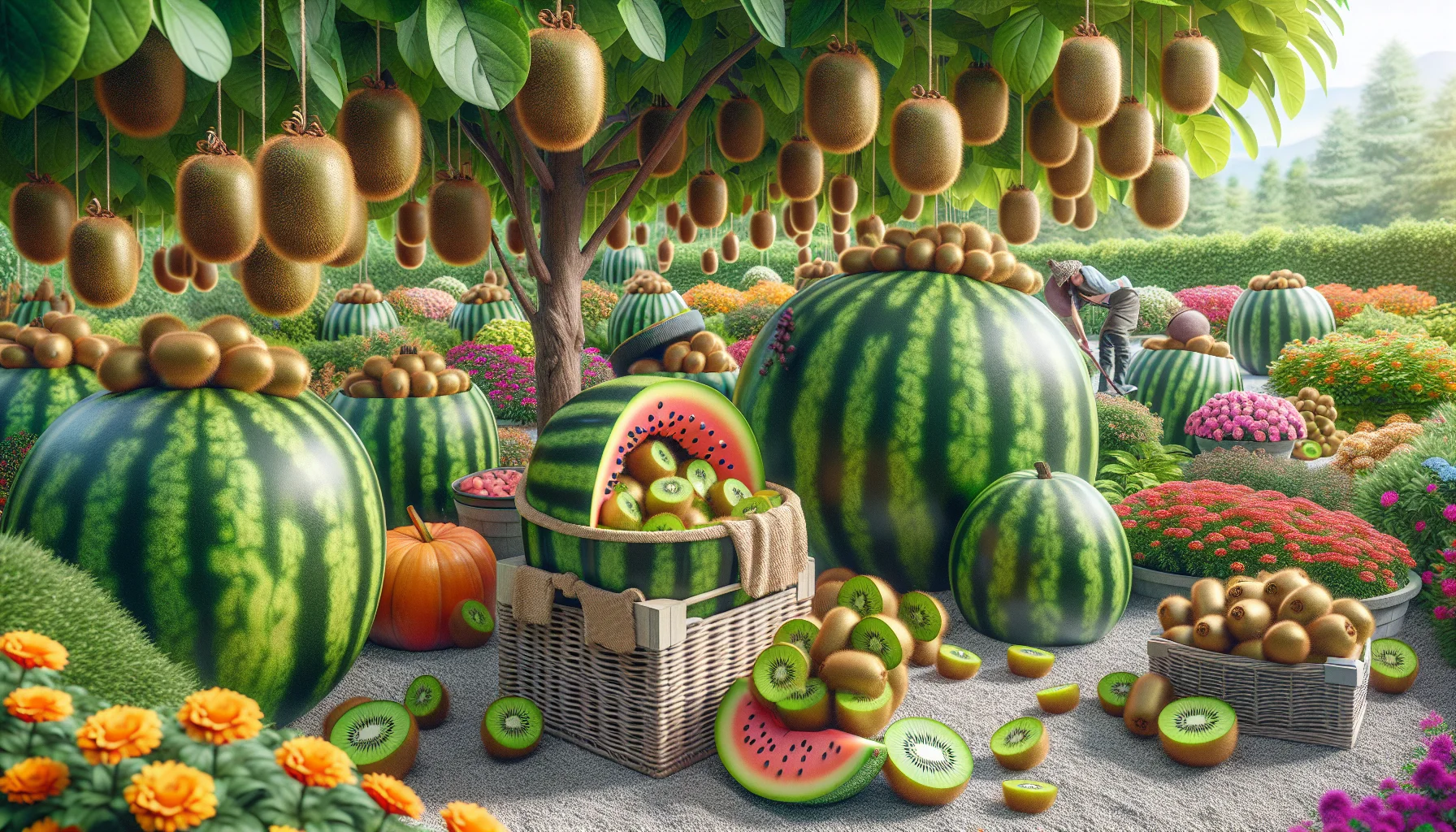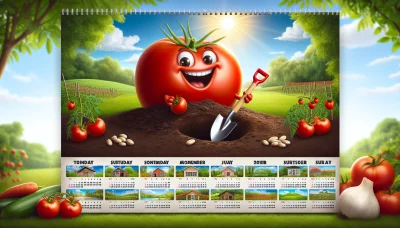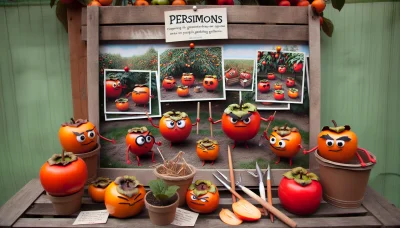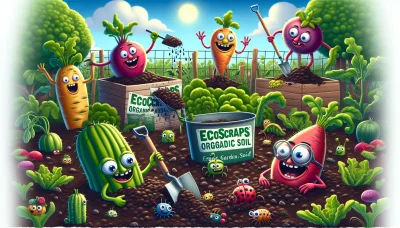How to store kiwi fruit Quiz
Test Your Knowledge
Question of
How to Store Kiwi Fruit: A Gardener's Guide
Proper storage methods for kiwi fruit are crucial for maintaining their freshness and extending their shelf life. Kiwi, being a delicate fruit, requires specific conditions to preserve its taste and nutritional value. Understanding the right temperature, humidity, and environment for storing kiwi can make a significant difference in preventing spoilage and ensuring that you can enjoy this nutritious fruit for as long as possible. This guide aims to provide gardeners and kiwi enthusiasts with practical advice on how to store kiwi fruit effectively, keeping them fresh and delicious.
Selecting Kiwi Fruit for Storage
To ensure your kiwi fruit remains delicious during storage, choosing the right ones is crucial. Start by assessing the kiwi's ripeness. A ripe kiwi should yield slightly to gentle pressure without being overly soft. This indicates it's at the peak of its sweetness and ready for immediate consumption or short-term storage. For longer storage, opt for firmer kiwis that will ripen over time. Additionally, inspect the kiwi's physical condition. Avoid fruits with dark spots, bruises, or signs of mold, as these imperfections can quickly worsen during storage. Instead, select kiwis with smooth, unblemished skin and a uniform shape. By carefully selecting kiwi fruit based on ripeness and physical condition, you can enjoy this nutritious snack for weeks to come.
Short-Term Storage Solutions
- Counter Storage: Keep kiwi fruit at room temperature on the counter if planning to eat them within a few days. This method is ideal for kiwis that are not quite ripe yet, as they will continue to ripen at room temperature.
- Refrigerator Tips: For kiwi fruit that is ripe and ready to eat, but you're not planning to consume immediately, place them in the refrigerator. This can extend their freshness for up to a few weeks. Store them in a plastic bag or the crisper drawer to maintain humidity levels.
Long-Term Storage Techniques
Proper preparation of kiwi fruit for long-term storage is essential to maintaining its freshness and flavor, whether you're freezing it or storing it in a cellar. Here are some steps to prepare kiwi for storage:
- Selection: Choose ripe kiwi fruits without any bruises or soft spots. The fruit should be firm with a slight give.
- Cleaning: Wash the kiwi gently under cold water to remove any dirt or residues. Pat them dry with a clean cloth or paper towel.
- Peeling (for freezing): If you plan to freeze the kiwi, peel its skin off. You can slice it, dice it, or cut it into halves, depending on your preference.
- Packing for Freezing: Place the prepared kiwi pieces on a baking sheet lined with parchment paper, ensuring they're not touching. Freeze them until solid, then transfer the pieces into airtight containers or freezer bags. Remove as much air as possible before sealing to prevent freezer burn.
- Storing in a Cellar: If you have a cool, dark cellar, you can store whole kiwis for a short term. Keep them in a single layer, not touching, in a breathable container like a cardboard box lined with paper. Check periodically for any signs of spoilage.
Common Mistakes to Avoid in Kiwi Storage
Storing kiwi fruit seems straightforward, but several common errors can lead to premature spoiling, loss of flavor, or texture. One typical mistake is storing kiwis at room temperature for too long. While it's true that kiwis continue to ripen at room temperature, leaving them out for an extended period can cause them to become too soft and mushy. The best approach is to allow them to ripen on the counter until they reach your desired ripeness, then move them to the refrigerator to slow down the process and extend their shelf life.
Another error is storing kiwis in direct sunlight or near other ethylene-producing fruits like apples and bananas, which can accelerate their ripening process excessively. Instead, keep kiwis in a cool, shaded spot and separate from these fruits unless you're trying to ripen them more quickly. Lastly, many people make the mistake of washing kiwis before storing them. Moisture can encourage mold growth, so it's better to wash kiwis just before you're ready to eat them.
By avoiding these common storage mistakes, you can enjoy fresh, delicious kiwi fruit for longer.
Checking for Ripeness and Quality
To ensure you're selecting the best kiwi fruit, start by examining its appearance. A ripe kiwi should have a uniform brown color without any dark spots or bruises. The skin should be relatively smooth. Next, gently press the kiwi with your thumb; a ripe kiwi will yield slightly under pressure, indicating it's ready to eat. If the fruit is too hard, it needs more time to ripen; if it's too soft, it may be overripe. The smell is also a good indicator; ripe kiwis emit a sweet, fragrant aroma. By using these visual and tactile cues, you can select kiwi fruits that are at the perfect stage of ripeness for your needs.
Frequently Asked Questions About Storing Kiwi Fruit
| Question | Answer |
|---|---|
| How long can kiwi fruit last when stored at room temperature? | Kiwi fruit can last for about 1-2 weeks at room temperature until they ripen. |
| Can kiwi fruit be stored in the refrigerator? | Yes, once ripe, kiwi fruit can be stored in the refrigerator for up to 4 weeks. |
| What are the signs of spoilage in kiwi fruit? | Signs include an overly soft texture, off smell, and visible mold. |
| Does the way kiwi fruit is stored affect its taste and texture? | Yes, improper storage can lead to premature ripening or spoilage, affecting taste and texture. |
| Is it possible to extend the shelf life of kiwi fruit? | Keeping kiwi fruit in a plastic bag in the refrigerator can help extend its shelf life by limiting exposure to air and moisture. |












